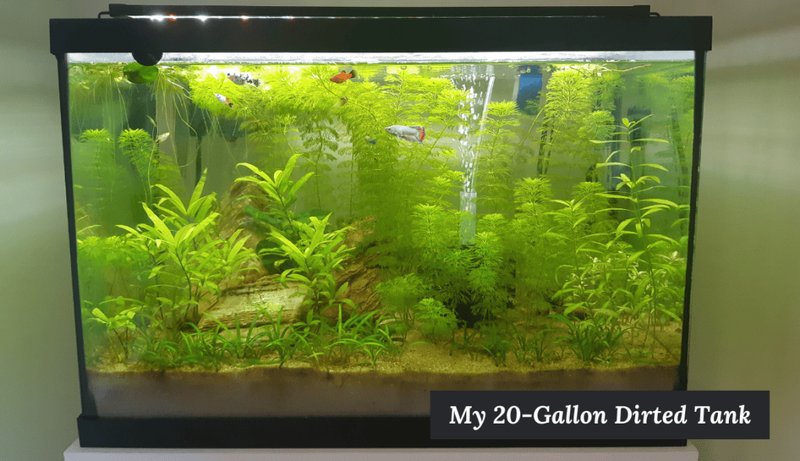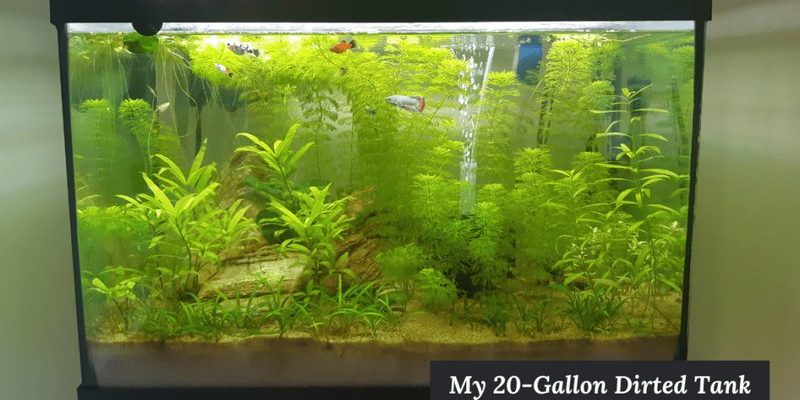
Choosing the Right Tank Size
When it comes to tank size, it’s essential to think about how many platies you plan to keep. Generally, a minimum tank size of 20 gallons is recommended for a small group of platies. Not only does a larger tank provide more swimming space, but it also helps maintain a stable environment. Imagine having a crowded room versus a spacious one—more space means less stress!
If you’re just starting out, you might be tempted to go for a smaller tank to save on costs or space. However, platies are active swimmers and thrive in larger tanks. A bigger tank can help reduce waste buildup and create a healthier habitat. Plus, platies are social creatures, so having at least 3-5 of them together will make for happier fish.
Water Conditions: The Right Balance
Water quality is vital for the health of your platy fish. They prefer a temperature range of 75°F to 82°F (24°C to 28°C) and a pH level between 6.8 and 8.0. It’s like finding that sweet spot in a warm bath—too hot or too cold, and it just won’t work!
To maintain these conditions, investing in a reliable aquarium heater and a good water testing kit is key. Regularly check the temperature and pH levels, and don’t forget to change a portion of the water weekly—about 10-20% is typically recommended. This keeps the tank fresh and helps prevent harmful bacteria from building up.
Filtration: Keeping It Clean
A good filtration system is like having an air purifier in your home. It removes toxins, maintains water clarity, and provides a healthy environment for your platies. You should aim for a filter that cycles the entire tank volume at least 3-5 times per hour. This means that if you have a 20-gallon tank, look for a filter that’s rated for at least 60-100 gallons per hour.
There are different types of filters available—hang-on-back, canister, and sponge filters. Each has its pros and cons. Canister filters are powerful and can handle larger tanks, while sponge filters are great for smaller setups and breeding tanks. Choose the type that best fits your tank size and maintenance routine.
Substrate: Choosing the Right Bottom Layer
The substrate you choose can affect both the appearance of your tank and the health of its inhabitants. Platies enjoy a soft substrate, and many hobbyists recommend fine gravel or sand. These materials are not only visually appealing but also allow beneficial bacteria to thrive, helping with biological filtration.
Avoid sharp substrates as they can injure your platies’ delicate fins. If you want to add a touch of color, consider natural-looking options that mimic their natural habitat. Just remember, the substrate needs to be easy to clean, as debris can accumulate and affect water quality.
Aquascaping: Adding Décor and Hiding Spots
Decor plays a vital role in creating a comfortable environment for your platies. They need hiding spots to feel secure—think of it as their little retreat from the hustle and bustle of tank life. You can use plants, rocks, and driftwood to create a dynamic space.
Live plants are a fantastic addition. Not only do they add a pop of color, but they also help absorb harmful chemicals and provide oxygen. If you’re not ready for a high-maintenance garden, consider low-light plants like Java fern or Anubias, which thrive in various conditions.
When placing your decor, think about how much swimming space is left. You don’t want your platies to feel cramped, so try to create open swimming areas while still allowing for plenty of nooks and crannies.
Lighting: Day and Night Cycle
Lighting is another critical component of your platy tank setup. Fish need a regular day and night cycle to thrive, much like we do. A standard aquarium light with a timer can help simulate this cycle effectively. Aim for about 10-12 hours of light per day to avoid stress on your fish.
Make sure the lights you choose provide enough brightness for any plants you’ve included. Also, consider the color temperature; most aquarium plants do best in lights that range from 6500K to 8000K, resembling natural daylight.
Temperature Regulation and Maintenance
Keeping the temperature stable is crucial in any aquarium setup. Platies are sensitive to sudden changes, much like how you might feel uncomfortable if the air conditioning suddenly cranked up in the middle of winter. Use an aquarium heater with a thermostat to maintain a consistent temperature.
Regular maintenance is also important. Check the heater to ensure it’s functioning properly and clean the tank as needed. This includes wiping algae from the glass, performing partial water changes, and monitoring the filter to ensure it’s running smoothly.
Closing Thoughts
Setting up an ideal tank for your platy fish involves careful planning and attention to detail. By focusing on tank size, water conditions, filtration, substrate, decor, lighting, and temperature maintenance, you can create a beautiful and healthy environment for your fish. It’s a rewarding process that leads to a stunning aquarium and happy platies. So grab your tools, tap into your inner designer, and enjoy the journey of building your little underwater paradise!

